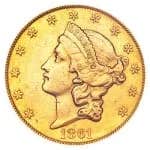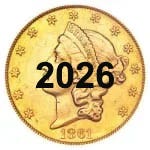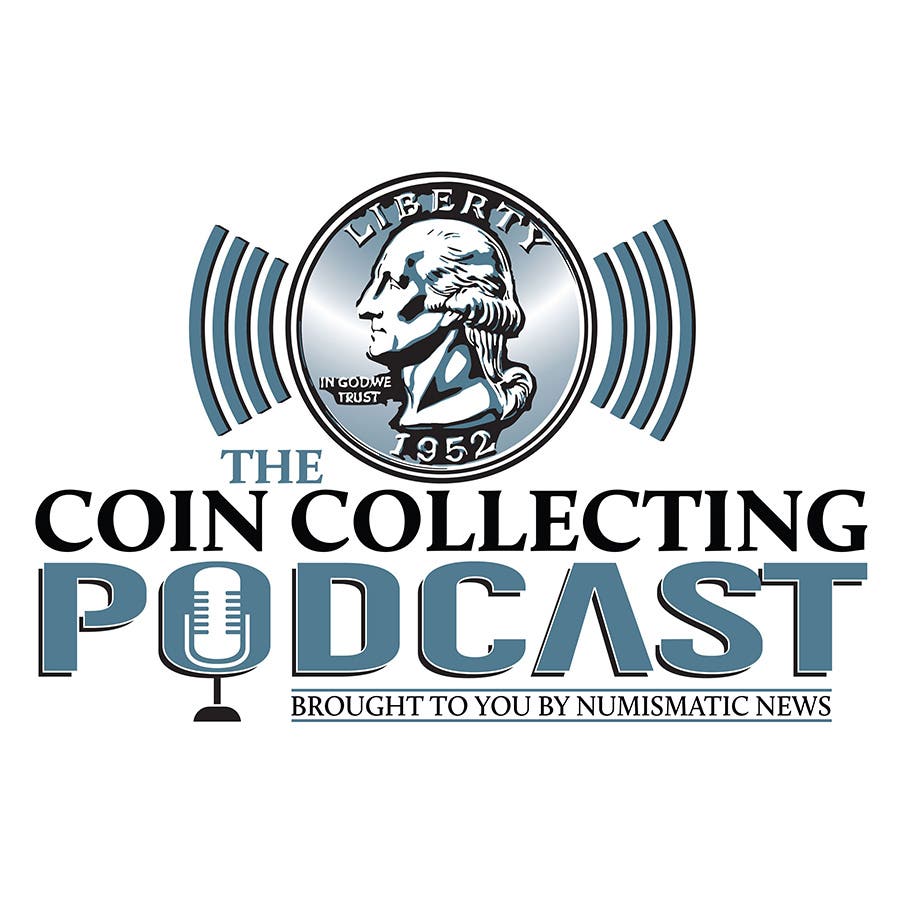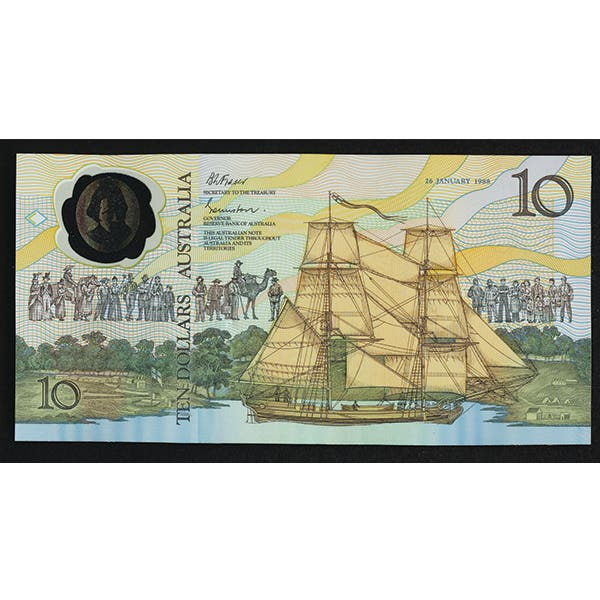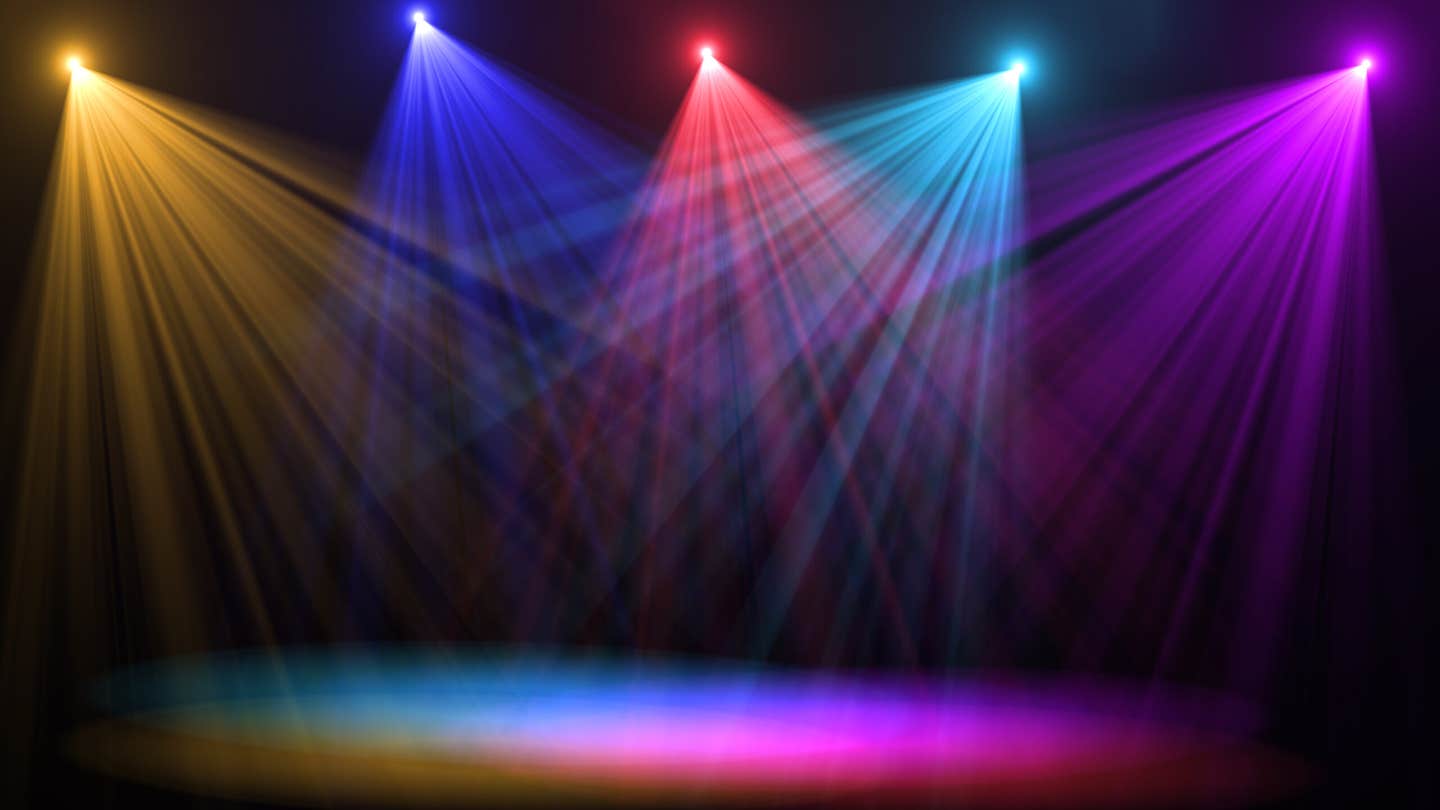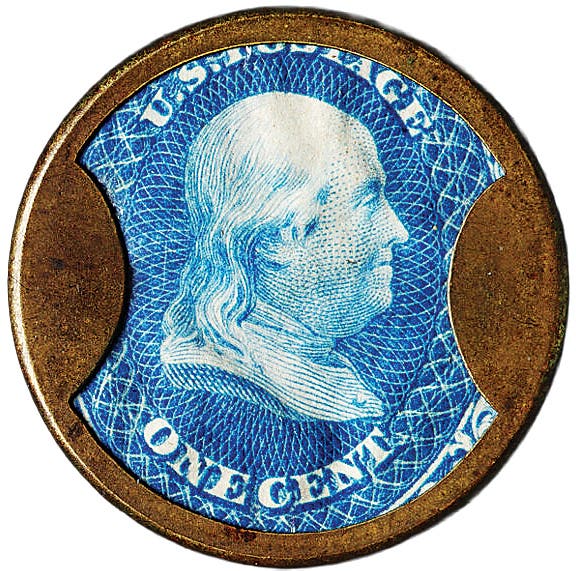CoinClinic: Using the $2 Bill
From home safes to record-keeping and rare denominations, Coin Clinic answers collectors’ top questions about protecting, documenting, and understanding their money.
Is a home safe a good way to protect my coin collection from theft?
If someone wants to steal your coin collection, they will find a way regardless of what challenges you put in their way. Keeping a coin collection at home is a convenience, since if you secure your collection off-site, you need to travel every time you want to view or study it. Safes may keep fire from destroying coins or bank notes; however, safes also retain heat, which will still damage or destroy what is stored in them. The safest way to keep a coin collection at home is to ensure no one else knows it is there.
What kind of records should I keep on my coin collection?
Everyone should keep records of their coin collections for evaluation purposes, estate planning, insurance, and to keep track of buying and selling. You should keep purchase records, background information on both the coins and on their provenance, catalog reference numbers, and current appraisal values determined either by yourself or an independent party.
Was there a privately issued comic book called Captain Coin?
Captain Coin was a comic book character who closely resembled flamboyant world and ancient coin dealer George M. Beach. The so-called comic book circulated at certain coin shows, as did the Coin Demon Newsletter, which I believe is also defunct. Beach was well known for being fair, ethical, and open to sharing knowledge with others. He died in 1995 from leukemia.
Is there a single specific reason why the U.S. $2 bank note isn’t in general use in circulation?
The most glaring reason is likely the public’s unfamiliarity with the denomination. It turned out to be a mistake when the government released the latest type with the signing of the Declaration of Independence on the back at the time of the nation’s bicentennial. The public treated the notes as commemoratives and hoarded rather than used them. Since that time, once again the denomination has faded into obscurity, as has the modern circulation strike dollar coin.
Are there superstitions about the $2 bill?
Some people treat a $2 bank note as good luck. Others treat it as bad luck. The denomination has been associated with gambling, prostitution, and vote buying. Corners have been torn from the bills to ward off evil or bad luck. The denomination has also been called a deuce, which has led to some unrepeatable phrases. The word deuce has also been associated with the devil.
Considering what everything costs these days, is there a reason why we no longer use the $500 bank note?
The $500 bank note was never in widespread use, its primary purpose being to be used to make physical cash transfers between banks rather than to circulate. It was included in the July 14, 1969, Treasury announcement that the use of all notes exceeding $100 face value would be discontinued. All of these note denominations remain as legal tender. The $500 was last printed in 1945 and technically could be obtained over the counter at a bank, should one become available.
You may also like:

